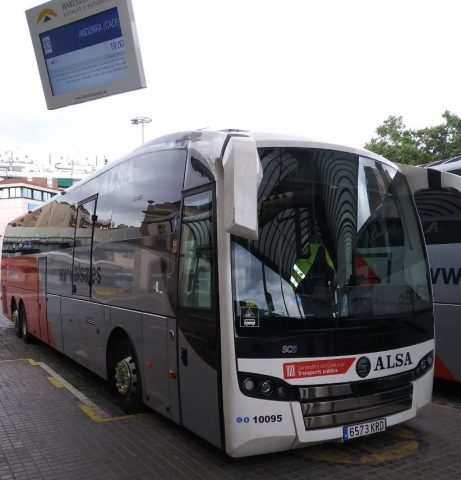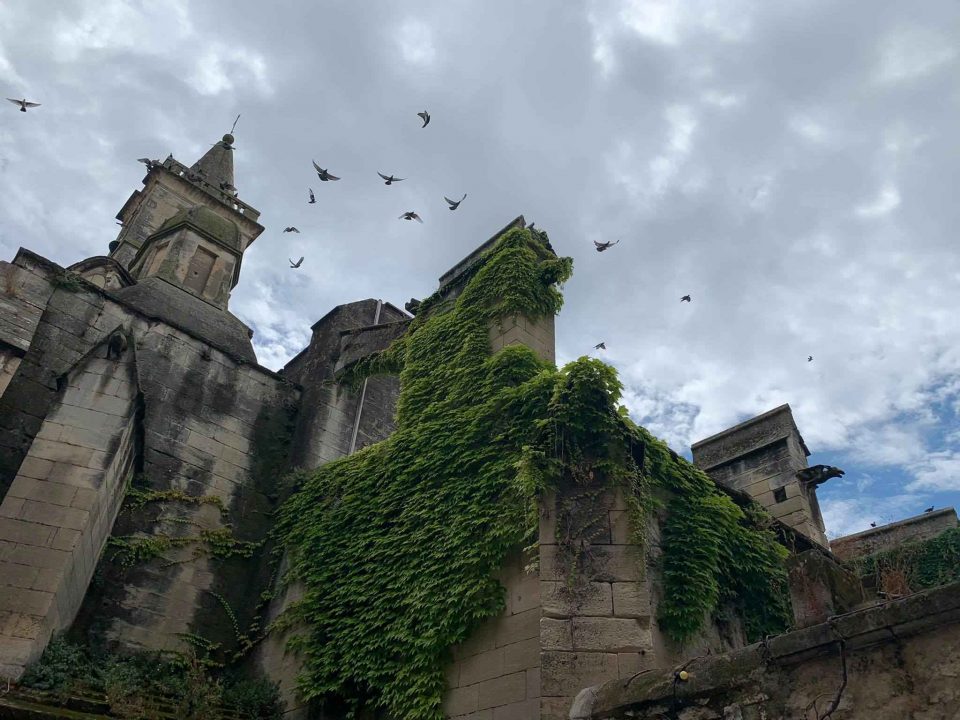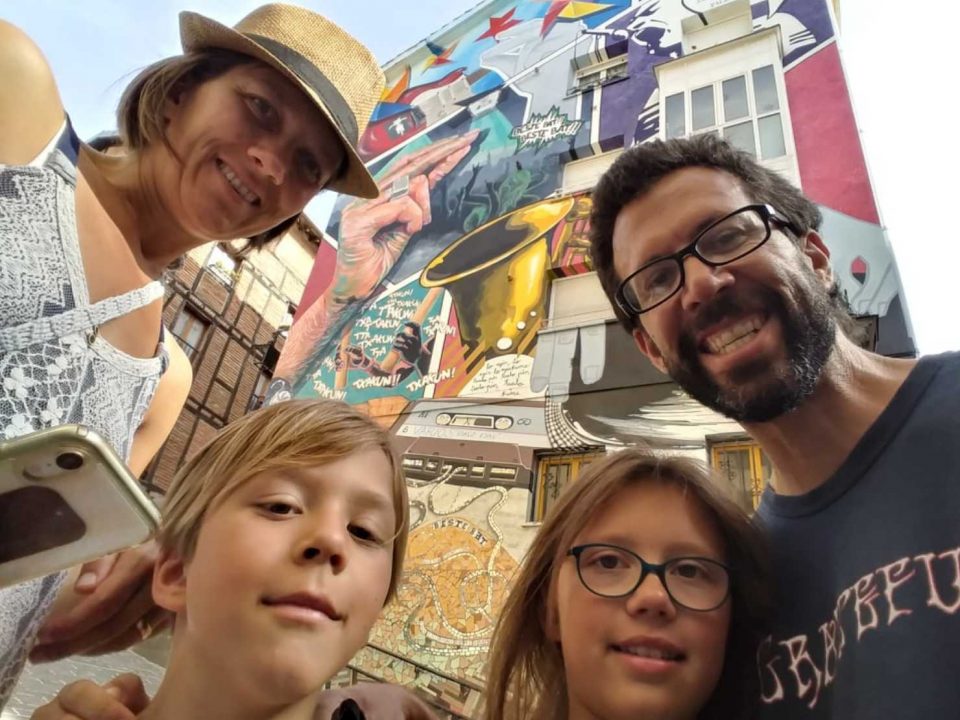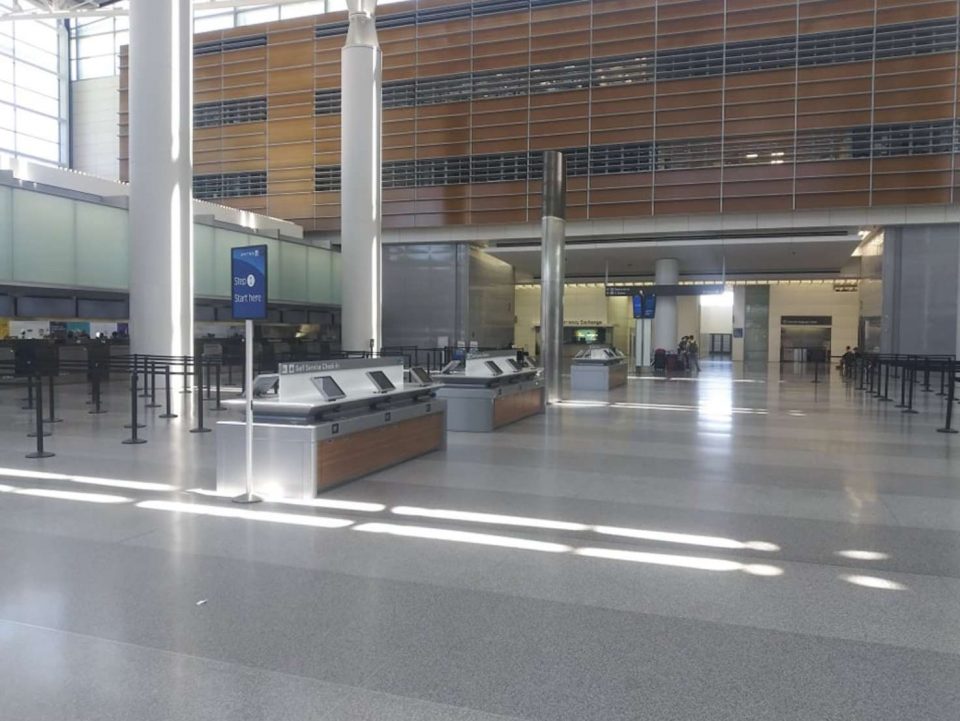
International air travel in time of pandemic
June 12, 2020
Spanish Road Trip in the Summer of Covid
July 13, 2020This is Part II of the story of International Air Travel in Time of Pandemic
The first leg of my journey took us from SFO to FRA, and apart from the mandatory face masks and all the empty seats, it was no different from any other 10-hour transatlantic flight. At one point they handed out some sanitary wipes, and the young man in front of me needed frequent reminders to keep his mask on. Otherwise, the socially distanced seating plan did little to improve the paucity of leg room or the general state of discomfort.
As we entered German airspace, the captain came over the loudspeaker and explained that anyone who planned to step outside of the airport in Frankfurt would need to fill out the special immigration form. Without a German passport or a permanent residency card, or some very specific exceptions, no one would be allowed to step foot in the Vaterland in this time of pandemic.
This caused some amount of commotion in the cabin, as German paperwork inevitably does. A few passengers who planned to go directly out of the airport, onto a bus, and out of the country, were especially confused about whether they needed permission to be in Germany. Lucky for me, I was only changing planes, and the German authorities would have nothing to do with me.
So I disembarked, stretched my legs and made my way through the airport, which was only slightly more crowded than the international terminal in San Francisco. Having arrived in Europe at long last, my first order of business was to purchase a German pretzel, something of a cultural education in itself.
Abundant signage made it clear that we were expected to maintain our social distance even as we waited in line for the bakery, but not everyone was so willing to comply, especially the belligerent Scotsman behind me. Reaching the front of the line, I had my first experience communicating in a foreign language through face masks. Anyone who considers German to be a coarse language deserves to hear it spoken by a foreigner through Personal Protective Equipment.
After all this, the pretzel itself was something of a let down. The best of German bakeries, which are in fact some of the best bakeries in all the world, are not to be found in the waiting area of Frankfurt International Airport. Far better was the sushi I had procured in the San Francisco Airport. But then again, after wearing a face mask through the duration of a 10-hour flight, it takes more than a salty sourdough bagel to rejuvenate the palate.
Welcome to Spain, now keep your distance
Preparing to board to next flight that would take me to Barcelona, we went through the same procedures which had now become quite familiar. They told us to have our documents—passports and residency cards—at the ready. And they reminded us once again to be mindful of social distancing as we boarded the plane. This all led to a smattering of confusion and bit of a delay, but nothing insurmountable.
And still, I was rather surprised that the Germans, legendary for their fastidious hygiene, never once took my temperature getting off or on an airplane amidst the climate of coronavirus.
Despite the various efforts at crowd control outside the gate, the flight from FRA to BCN was completely packed. I didn’t see one empty seat on the plane. And the no-frills flight included neither beverages nor hand sanitizer. Honestly, I’d expected a little more from Lufthansa.
But before we landed, they distributed a very serious immigration form for Spain. They wanted to know our citizenship and residency status, contact and emergency contact information, the purpose of our travel, and the state of our respiratory health.
And yet, entering the country turned out to be remarkably easy. They crew let passengers off the plane ten at a time, and we were greeted in the passageway by a team of customs agents. They directed me to the last agent on the right and I presented him with my passport and residency card.
He examined the documents and nodded his head. Seeing that I had both U.S. and Spanish identification, he asked me where I lived. “Montellá,” I told him.
“Montreal?”
“Montellá,” I repeated. “In the mountains.”
His eyes began to scrutinize me with suspicion. “Spain,” I declared.
“Aha,” he replied, and quickly waved me through.
Mandatory Spanish quarantine for newcomers
Making my way to the baggage claim, I encountered one more line of Spanish officials. This is where we had to submit the questionnaire we’d filled out on the plane. In exchange for this form, another look at my ID, and a perfunctory signature, they handed me some detailed instructions concerning my 14-day self quarantine.
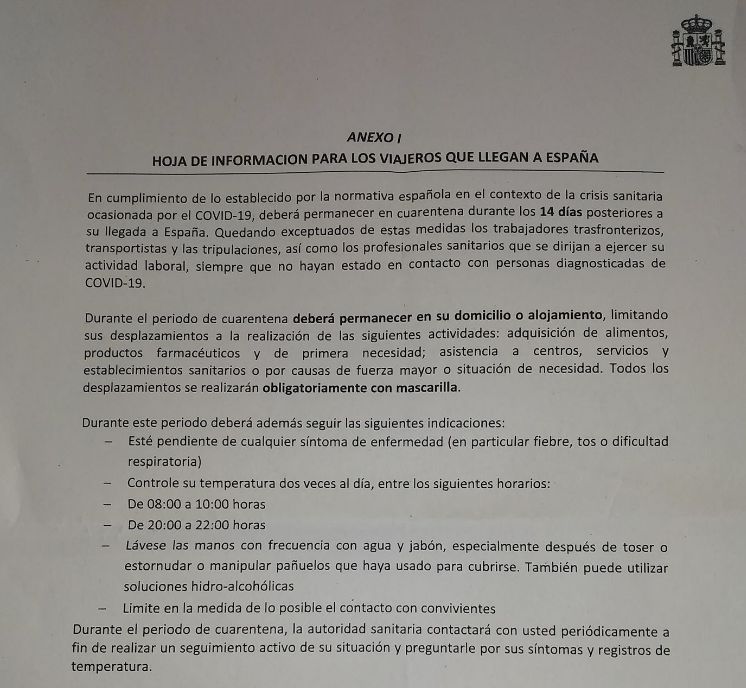
According to the rules of COVID-19, I am required to remain isolated for 14 days. I’m not to leave the house for any reason, except to get groceries or go to the pharmacy. I’m also supposed to take my temperature twice a day and keep a record of the results. I gave them my phone number, and they can call me at anytime to inquire about my temperature and general condition.
Hopefully no one reports me for hiking in the woods on a daily basis. The good news is that I remain asymptomatic with a very normal temperature. My family is supposed to keep quarantined with me for these two weeks, and so we’ve been enjoying some good quality time together, picnicking in the backyard and catching up on stories of the pandemic from either side of the pond.
Organizing transportation under Spanish lockdown
One of the more interesting uncertainties in this whole process was how I would get from the airport to our village up in the mountains, two hours north of Barcelona. Spain had imposed a very strict lockdown during the pandemic, as the virus had hit Madrid and Barcelona pretty hard. Checkpoints were common on roadways, and people were not allowed to drive more than about 20 km from their homes.
All this left us to wonder whether my wife could legally drive down the mountain to pick me up from the airport. Otherwise I would have to spend the first 3 or 4 hours of my quarantine riding public transportation and walking around the city. According to the hotline set up by the Spanish government and health department, my wife would need special permission to make this drive, and that permission did not come through in time.
Much to our disappointment, I would now have to find the special bus that runs from the airport into the city center. Then, having already spent about 20 sleepless hours in transit, I would have to walk from Plaza de Catalunya to the main bus station. Under ideal circumstances, that’s about a 20 minute walk. But if you think these were ideal circumstances, then you haven’t been reading very closely.
Normally we make this trip from Barcelona up the mountain by train. But of course, the trains were not running at this time. I’d never even been to this bus station, but eventually I found it. And like the airports, the place was seriously understaffed. The information kiosks were all closed, and it was basically every hombre for himself. And if that doesn’t convey the spirit of Spanish quarantine, then I don’t know what does.
But don’t worry, I was able to purchase my ticket from the machine, and the bus boarded about 40 minutes later. And that took me exactly where I needed to go, to my wife and kids who had waited too many months for me to come home, and were now jumping up and down waving their arms at the oncoming bus.
Additional adventures
If you enjoyed this story of traveling in pandemic, please subscribe to our blog, and check out some of my other international exploits:


